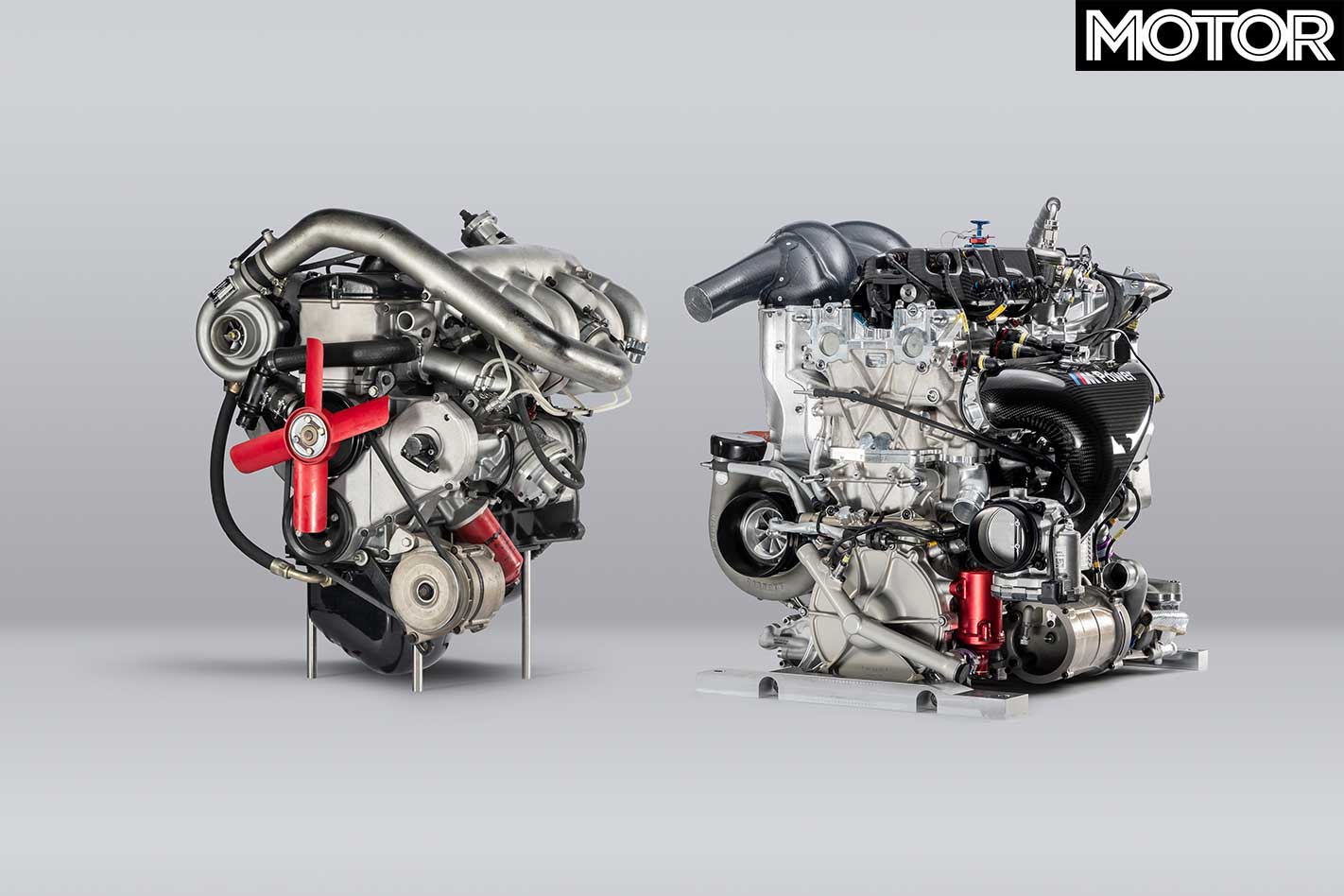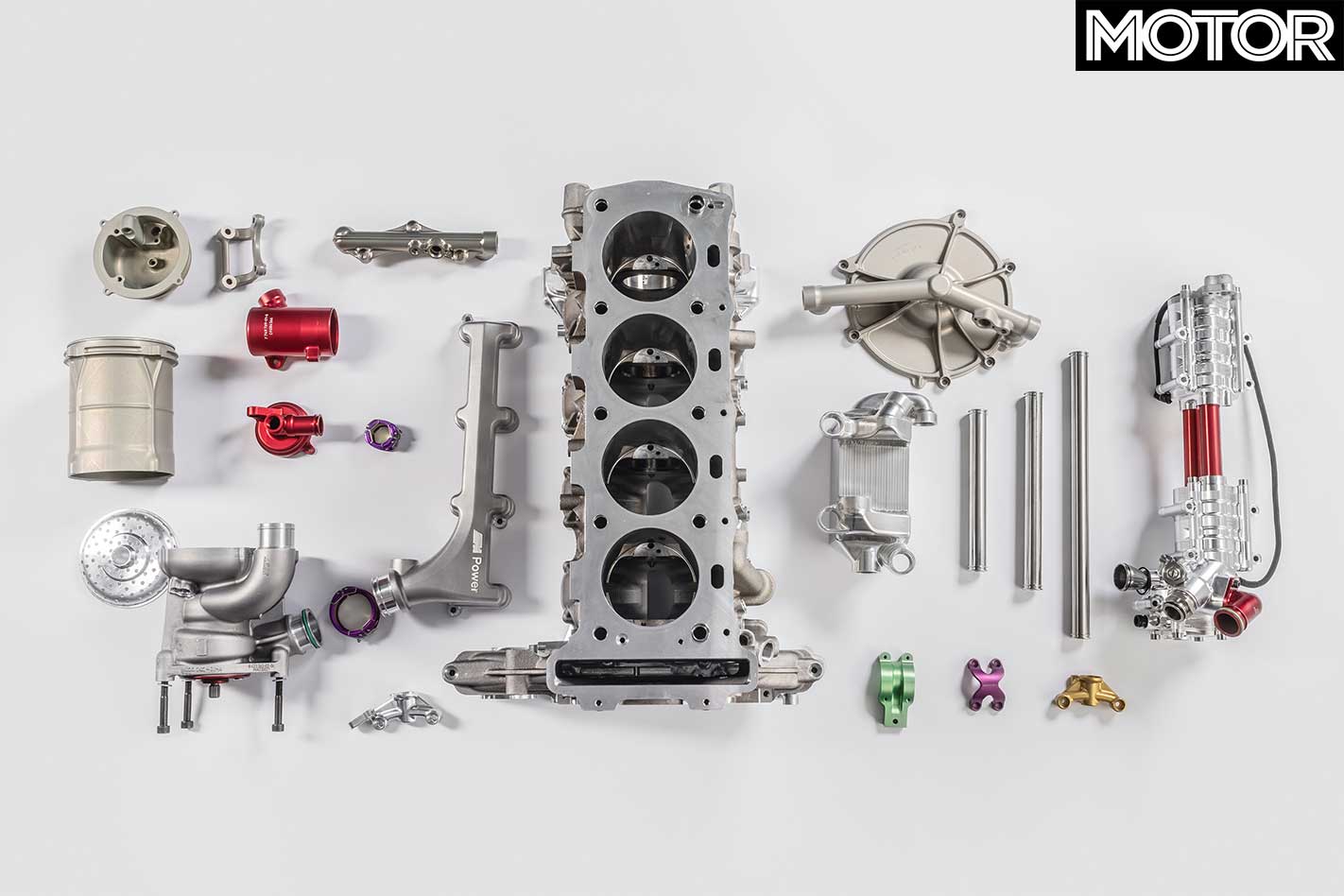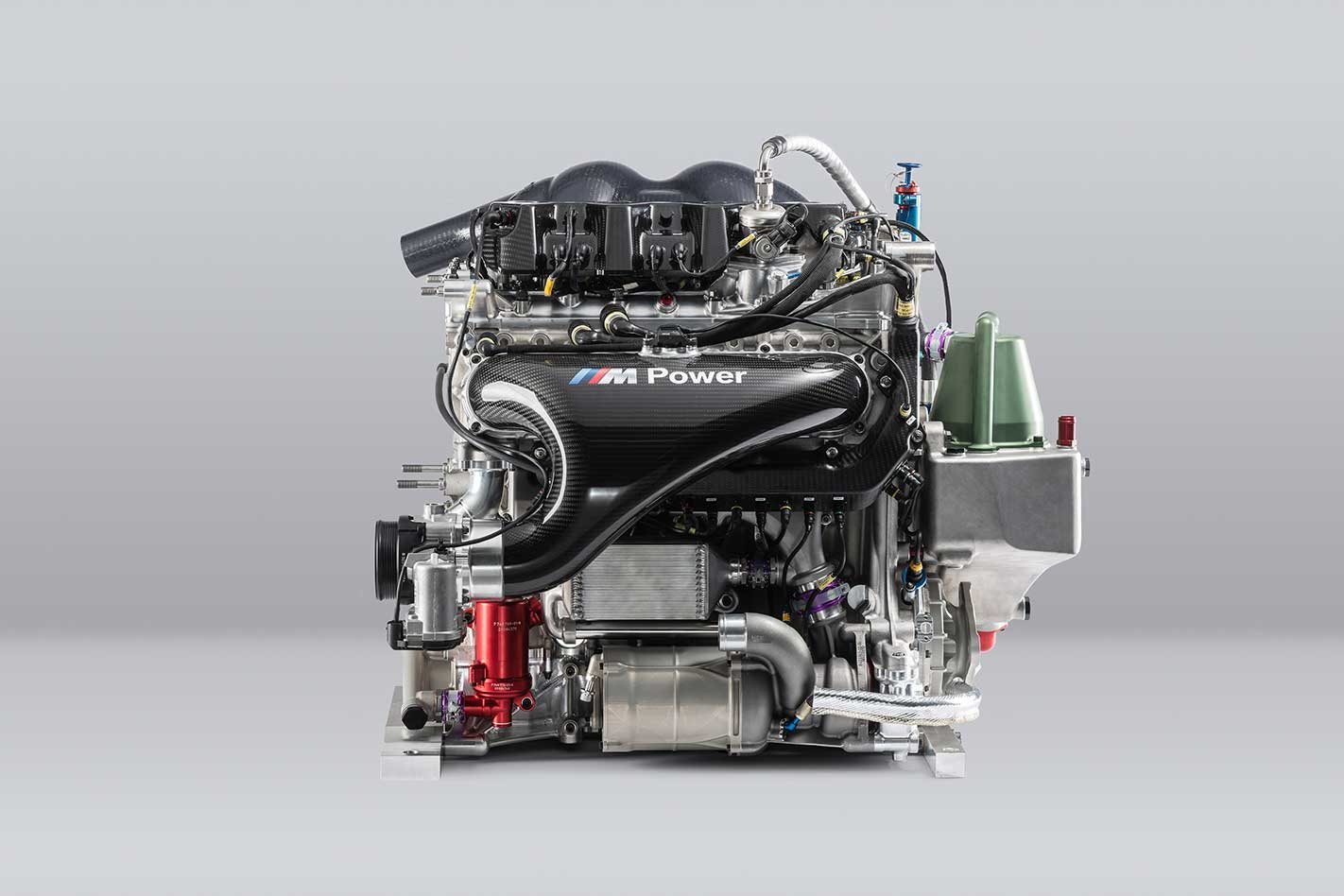With turbo four-cylinders replacing free-breathing V8s in German’s premier touring car series this year, BMW, like most car makers with a deep regard for its past, has been keen to link the new engine to that of the old.
In this case, that’s the first of its turbocharged race engines, the M121 which powered Dieter Quester to the 1969 European Touring Car Championship while slung between the chassis rails of a 2002 Ti. Thing is, while the brand is keen to suggest lots and lots of heritage – and the two engines do have a fair bit in common – there’s also half a century of tech development poking its nose in, too.

So what remains of the M121 when it comes to the new P48 that will be seen in this year’s M4 DTM car? Fundamentally, the connection between the two engines amounts to the inline-four cylinder arrangement, the use of turbocharging, alloy construction and the two-litre capacity. Beyond that, the game has really changed.
While the M121 was limited to about one bar of boost to avoid blowing the head into orbit, the new P48 has no such problem and can reportedly handle sustained boost of about 2.5 bar. Which means that, compared with the 210kW at 6500rpm of the old girl, the new 2.0-litre manages something like 450kW at a thought-provoking 9500rpm. It should sound amazing.
There’s also word of a 5.0-second, 22kW push-to-pass function that should help cure boring races. Besides the extra boost, the power gains are all down to efficiency. The new engine has throttle-by-wire, a dry-sump, intercooler and direct injection using a mechanical pump to create fuel-rail pressures of something like 350 bar which, surprisingly, is no higher than a contemporary BMW road car, yet is still about on par with the pressure created by the best industrial pressure-cleaners.

Lightness is another key point and at 85kg, the new engine is super-light. Mind you, that has involved moving stuff like the starter-motor and alternator to the rear-mounted transaxle (which has improved weight distribution).
It’s been said a million times but finishing first involves finishing, so reliability is a key factor in the P48’s design. Apparently, the unit is good for 6000km of racing, meaning each car should only need one engine change per DTM season. We’ll see about that.
Turbo Pioneers

The 2002 Ti racecar of 1969 eventually spawned BMW’s first turbocharged road car, the 2002 Turbo in 1973. Question is, what will this latest step into a turbocharged future bring us in the way of road cars?
Restricted Fuel Flow The actual limiting factor in the P48’s power ceiling will be the mandated fuel-flow limit of 95kg-per-hour. The push-to-pass function is expected to liberate 100kg-per-hour for those crucial five seconds.
Lean Machine

Direct-injection allows the new engine to operate in a lean-burn state. That means it can save fuel when possible to improve range, but also to make the most of that regulated fuel-flow rate when full power is required.
Serious Power 450kW from two litres equates to your turbo Barra making 900kW. Err, yeah, valve springs and a bigger turbo-pipe aren’t gonna cut it. And light? The P48 weighs even less than the original VW flat-four, one of the lightest production engines ever.





